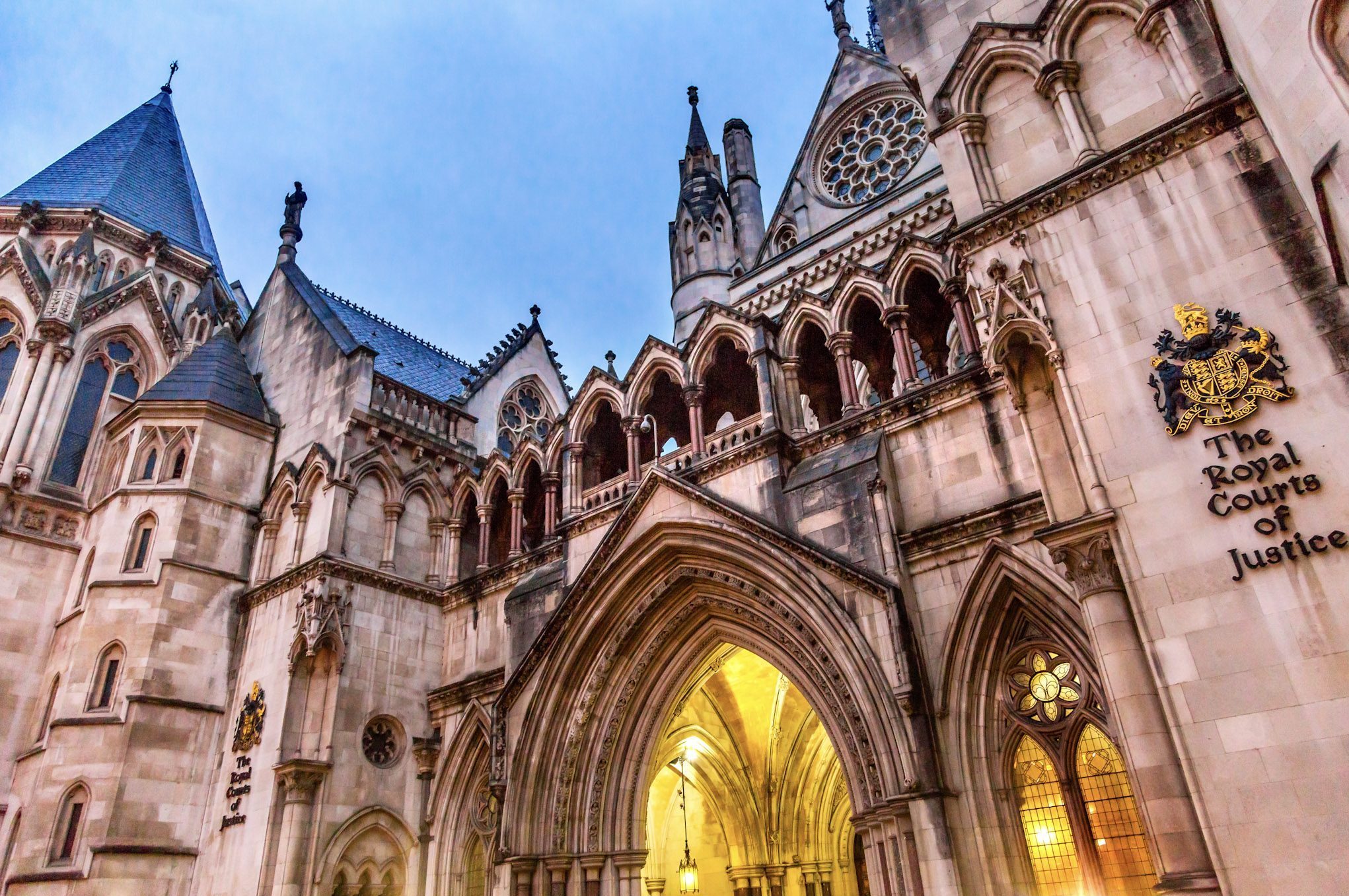A year into his role, Mark Gray tells Sam Trendall how digitisation has already got rid of millions of pages of paper per year, and what more can be done
A weight equating to approximately 2,056 adult men. A surface area that would cover 325 football pitches. An amount of paper that would require almost 4,000 trees to produce, and could be used to print 22,916 copies of War and Peace.
33 million pages.
That is how much paper the Crown Prosecution Service (CPS) was dealing with on an annual basis, before the Crown Court service with which it works so closely implemented its Digital Case System.
“The sheer logistics in terms of the security were absolutely huge,” Mark Gray, CPS digital transformation director, tells PublicTechnology. “People had to go around with huge boxes of paper.”
The Digital Case System – or DCS – was rolled out nationwide during 2016, following successful trials in various parts of the country, including Southwark and Liverpool. The online system is designed to allow prosecutors, defence teams, and the courts services to upload and access information from a single portal.
The intention was to greatly reduce the need for paper-based methods of sharing and collating documents, and to make it quicker and easier for all users to manage case work.
Related content
- Crown Prosecution Service refreshes computing to drive digitisation and remote working
- Digitisation of the court system must not decrease access to justice
- Courts service hunts for ‘upfront and honest’ delivery partner on digital reforms
And the CPS intends to replicate the modernisation work of its partners in the Crown Court in other areas of information-sharing. Because, while the various strands of the criminal justice system may have successfully moved away from paper in their case-documentation procedures, the supply of evidence from law enforcement to prosecutors still all-too-frequently requires outmoded methods.
“Pieces of evidence will come to us from the police on a CD or disk,” says Gray, who joined the CPS last year following stints at Deloitte and Barclays. “We want to develop online sharing portals.”
Such models are already in place for certain forms of evidence, including the body-worn cameras used by London’s Metropolitan Police officers. The process for uploading evidence obtained via the cameras is entirely digital, says Gray. But the CPS digital chief adds that this is “just one force”, and just one application. The goal is to roll out similar models, where applicable, far more widely, he says.
Reducing an “over-reliance” on physical storage media is just one of “four big priorities” for the year ahead that Gray identifies.
The others are continued modernisation of case-management systems, moving from legacy infrastructure to cloud platforms, and diversifying CPS’s supplier landscape, he says.
Pieces of evidence will come to us from the police on a CD or disk; we want to develop online sharing portals
In the latter case, Gray says that the CPS shares the government’s desire to work with more SMEs, and disaggregate contracts.
“We are on a conscious digitisation journey, moving away from historically monolithic contracts to more segmented contracts,” he adds. “We are also increasing our in-house control and capacity.”
In terms of embracing cloud services, Gray says that CPS will “judge each piece of data” on its own terms, and employ a model that includes use of public cloud for some items, as well as private cloud and its own datacentres for more sensitive information.
The prosecution service’s client-computing estate has also been modernised. Last year, the circa 50% of staff working on outmoded PCs were upgraded to new laptops, Gray says. A “rolling refresh” policy has also now been implemented to ensure its end user computing technology remains up to date.
Remote possibility
Part of the reason behind the investment in new devices was to create a remote working-friendly environment that Gray says is better than anything he encountered during the 10 years he spent in the private sector, before joining CPS last year. And mobility has not come at the expense of security, he adds.
“From a technical perspective, we invest in high-quality encryption tools – both the device and the connection are well encrypted,” Gray says.
According to Gray, the stated ethos behind all of the service’s digital transformation work is “user centricity”. CPS employs about 6,000 people, around half of whom are prosecutors, and Gray says regular discussions with coworkers in various roles is essential in shaping technology strategy.

“We want to provide a great service, and my team spends lots of time out engaging and liaising with prosecutors and other colleagues as well,” he says. “I have been very well supported [by the senior management team] throughout my time since I joined. There is great appetite within the team for ongoing digitisation.”
The CPS is, of course, just one strand of the criminal justice system. Working as closely as possible with the courts service is crucially important, Gray (pictured left) says.
“There is a lot of collaboration between their team and ours,” he adds. “We collaborate a lot, as lots of our output goes through their process. It is essential that we are joined up. As an example, there are joint procurement projects.”
When asked, Gray admits that managing relationships with the police service is “by definition” more complicated, as it involves coordinating with more than 40 separate local forces across England and Wales. But he says that the existence of the National Police Procurement Hub helps ensure a degree of consistency in IT investments.
“We have a mix of good local relationships,” he adds.
A year into life as a civil servant, the digital-transformation chief says that “there are lots of differences, but that was true when I moved from one private sector company to another”. But there is one important contrast between the commercial world and the public sector, he adds: “People’s sense of belief in what their organisation is doing is far stronger in the public sector; everybody in the organisation passionately cares about the end result.”



